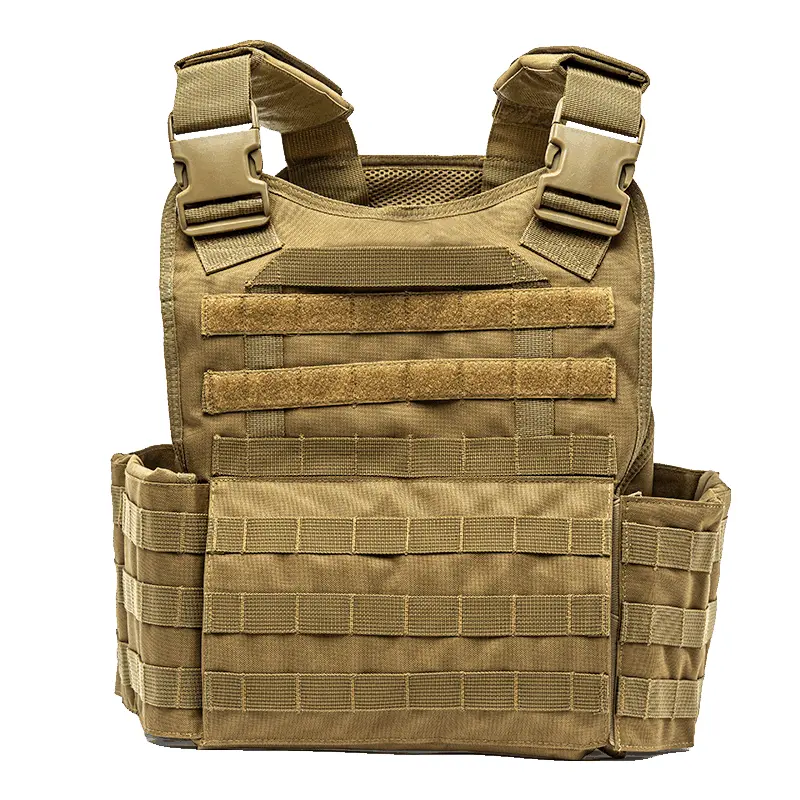December 12, 2022
Armored Republic Body Armor 101
At its most basic, body armor is used to protect the wearer from physical attacks. Modern body armor is made from a variety of high-tech materials, the most famous being Kevlar®, which is a woven material that is layered to create ballistic panels used in "bulletproof” vests worn by military, civilians, and police around the world. But it’s incredibly important to note:To get more news about Hard Armor Plates, you can visit bulletproofboxs.com official website.
No body armor is bulletproof.
A truly bulletproof material would stop all bullets at all speeds at all quantities. No material fits that description. All materials designed to stop bullets are best described as bullet-resistant, specifically being resistant to the ammunition it was designed to defeat. But no body armor can guarantee to stop bullets of all velocities, weights, and designs.

With that in mind, certain bullet types will defeat certain types of armor more easily, and some exotic rounds may make a piece of armor much less effective. Armor manufacturing companies have to choose which bullets to prioritize stopping, and while they could potentially develop armor to stop truly exotic rounds, the priority is to protect the user from threats he/she is most likely to face.
The right to own and use body armor is protected in the Constitution under the right to bear arms - its only difference from firearms, as noted earlier, is that this equipment is designed to protect the wearer rather than to neutralize a threat through offensive engagement.
Body armor will stop a bullet in different ways depending on the material. All materials, however, will stop a threat by preventing penetration. The impact of the bullet is absorbed by the material and the bullet is either caught (as with soft armor), disintegrated (as with steel and, to a lesser extent, ceramic), or captured within the armor (as with polyethylene).
Soft armor, used in "bulletproof” vests (remember, though, that no armor is truly bulletproof), can be made from a P-Aramid material (such as DuPont Kevlar®, Teijin Twaron®![]() , a Polyethylene material (such DSM’s Dyneema® or Honeywell Spectra®
, a Polyethylene material (such DSM’s Dyneema® or Honeywell Spectra®![]() , or a combination of the two. These materials are then formed into a fabric that is cut and sewn to create the armor panels used in ballistic vests. Soft armor offers lightweight, flexible, and concealable protection against most handgun ammunition.
, or a combination of the two. These materials are then formed into a fabric that is cut and sewn to create the armor panels used in ballistic vests. Soft armor offers lightweight, flexible, and concealable protection against most handgun ammunition.
Hard armor can be made from Armor-Grade Steel (such as AR500, AR550, and AR600), Steel Alloy armor blends, Ultra-High Molecular Weight Polyethylene (UHMWPE, also called polyethylene or PE plates), Ceramic Composites (such as aluminum oxide, boron carbide, or silica carbide), or a combination of these materials (such as ceramic paired with UHMWPE). Hard armor protects the wearer from both pistol and rifle-level threats.
Posted by: freeamfva at
07:01 AM
| No Comments
| Add Comment
Post contains 459 words, total size 3 kb.
35 queries taking 0.0394 seconds, 82 records returned.
Powered by Minx 1.1.6c-pink.









